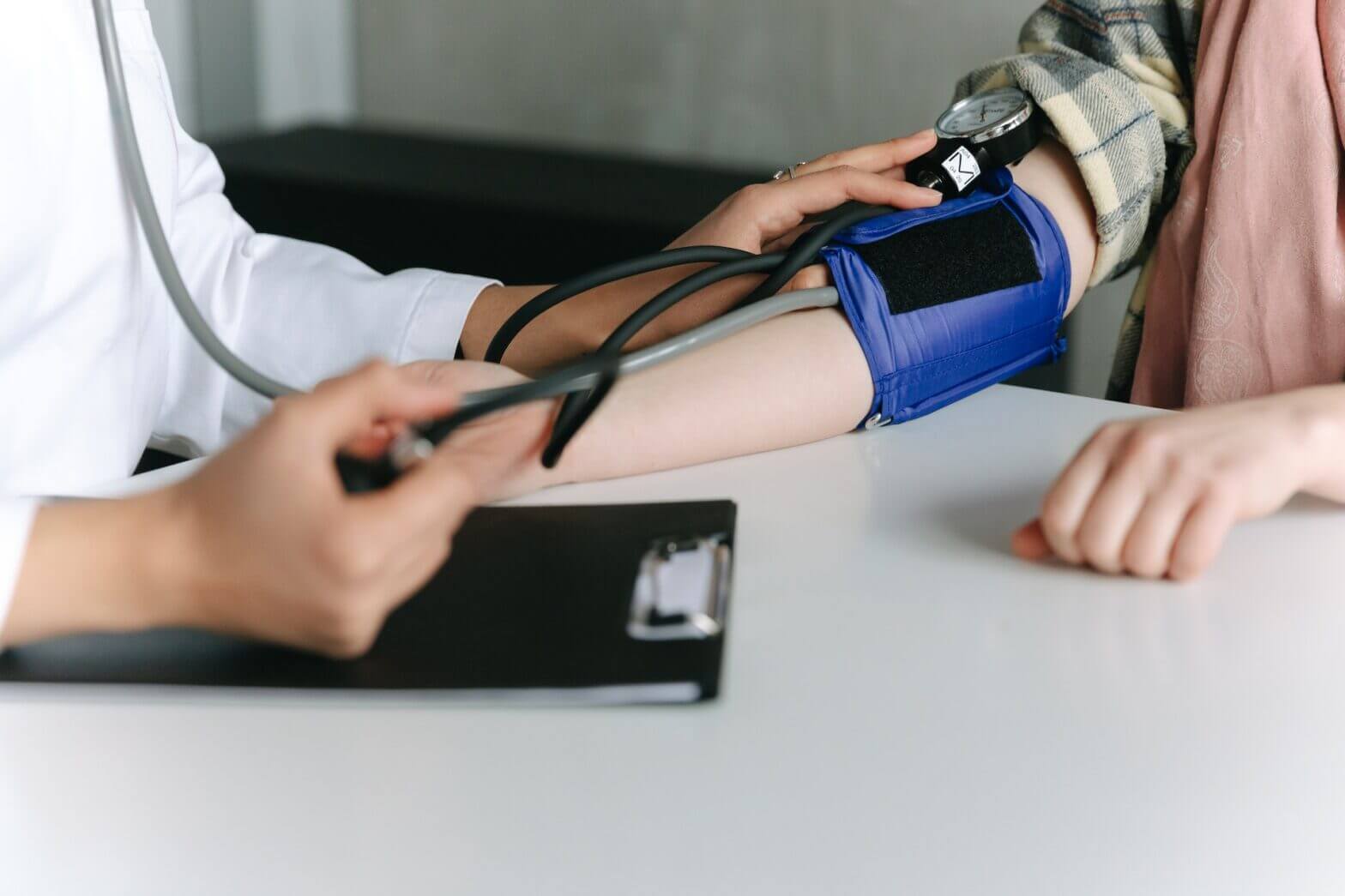Remote monitoring is associated with a morbidity and mortality benefit for patients with pacemakers and defibrillators.1-3 By monitoring patients on a daily basis, we are able to immediately diagnose and treat arrhythmias and device/lead-related problems. If we discover atrial fibrillation, we start the patient on anticoagulation right away, then have them follow up in our office or with their cardiologist. If we find a ventricular arrhythmia, we start antiarrhythmic medications over the phone or admit the patient to the hospital to prevent recurrent VT and ICD shocks. If we see lead- or device-related issues, we immediately arrange appropriate care to prevent inappropriate ICD shocks or loss of pacemaker function. Remote monitoring has revolutionized the practice of cardiac electrophysiology and has markedly improved patient outcomes.
How have you incorporated remote monitoring into your practice?
Remote monitoring maximizes our group’s efficiency. We can manage and treat more patients by reducing the number of in-office visits needed for patients followed remotely. We currently remotely monitor 850 patients with implantable defibrillators, 750 patients with implantable loop recorders, and 400 patients with pacemakers. We also have 300 patients in our remote heart failure monitoring program.


